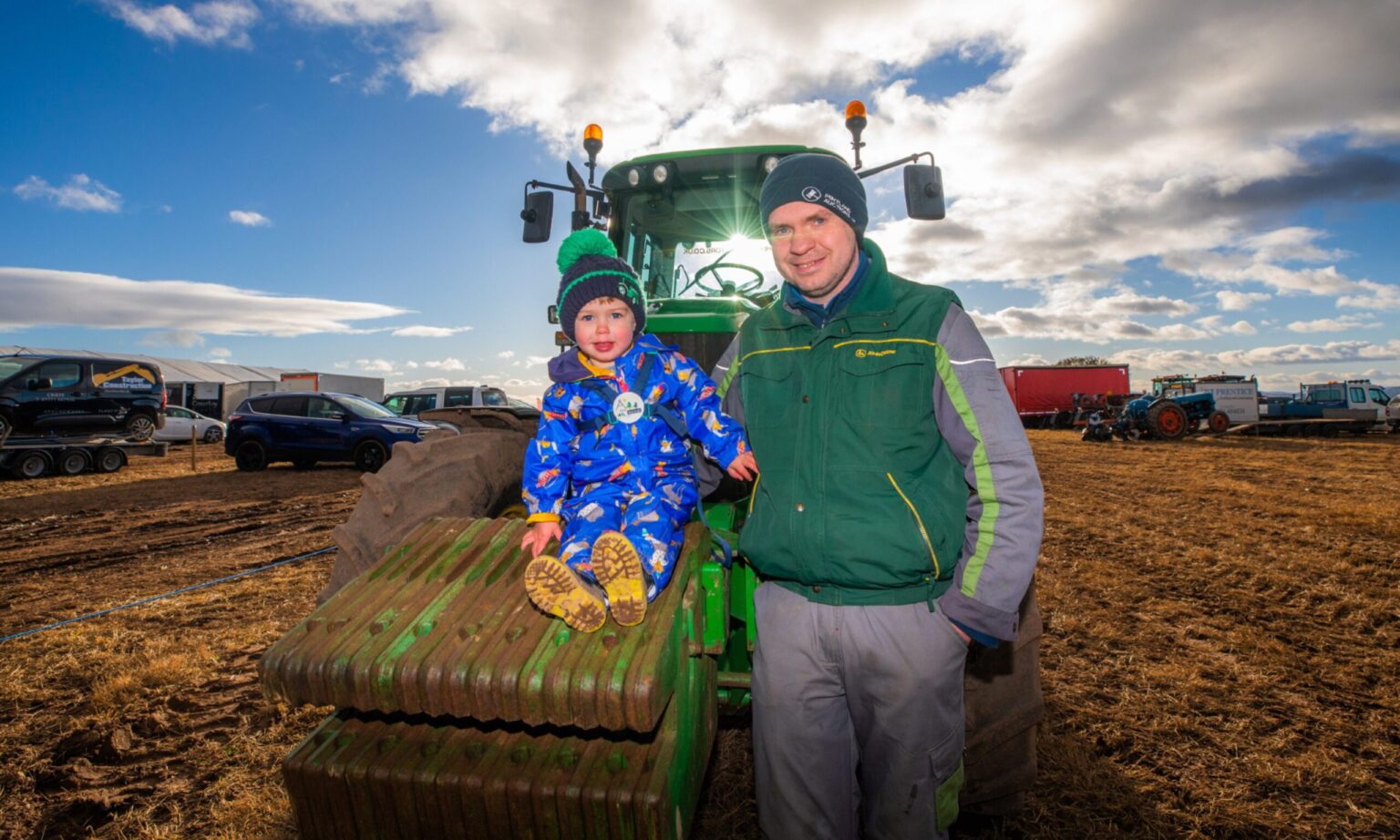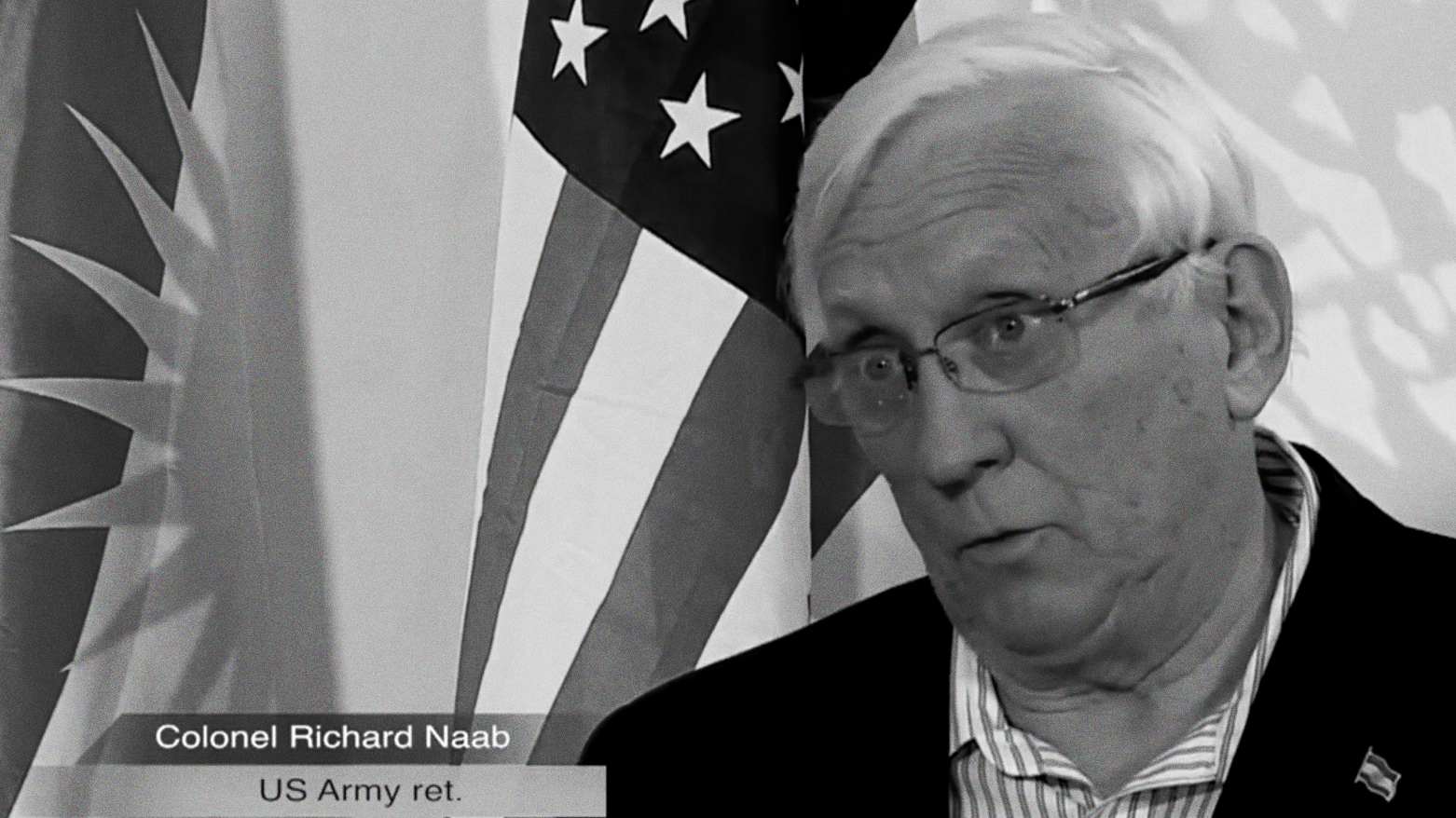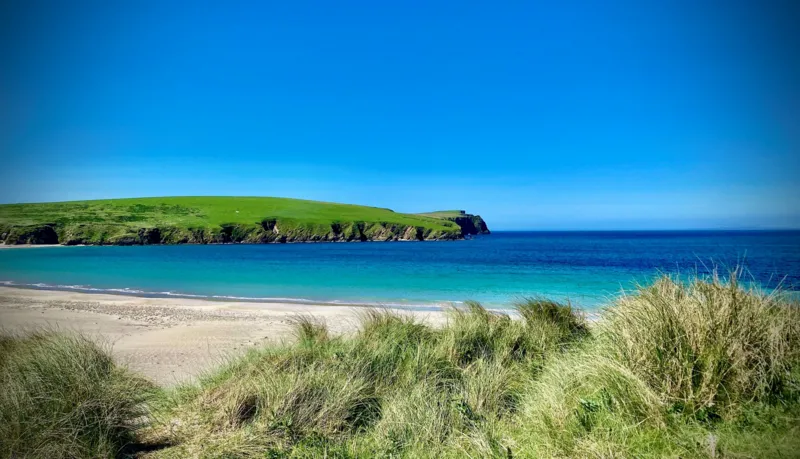How the government plans to balance heritage, ownership rights and redevelopment in Kampung Baru and Kampung Sungai Baru

KUALA LUMPUR, Oct 10 — The government has reaffirmed its commitment that any future development in Kampung Baru will preserve its cultural and socio-economic heritage.
Federal Territories Minister Datuk Seri Dr Zaliha Mustafa, in a briefing to MPs in Parliament has outlined the long-standing complexities and sensitivities surrounding the redevelopment of Kampung Baru and Kampung Sungai Baru, two closely linked but distinct areas often misunderstood as one.
“Two days ago, when responding to a question raised by Padang Serai MP, I explained the unique status of the MAS in Kampung Baru, which is distinct from the Malay Reserve Land.
“However, some parties have commented on my response in a less accurate context, therefore today I will once again explain this matter in a more structured and detailed manner.
“The MAS area was granted by the Sultan of Selangor in 1900 as a special settlement for Malays before the enactment of the Malay Reserve Enactment 1913.
“The original gazettement of the MAS covered an area of 221.5 acres, later reaffirmed at approximately 220 acres on February 26, 1932,” Zaliha told the Parliament yesterday.
What’s the difference?
Unlike Malay Reserve Land, which is directly governed under the state enactment, MAS land has its own governance system under the Board of Malay Agricultural Settlement, established in 1954.
When the National Land Code 1965 was introduced, land within the MAS area were issued Qualified Titles with strict rules that bar ownership or occupation by non-Malays.
“Some of these MAS restrictions were even stricter than those applied to Malay Reserve Land.
“The intent behind the MAS restrictions at the time was to protect Malay ownership rights and preserve the social-cultural identity of the areas as the first urban Malay heritage settlement in Kuala Lumpur,” Zaliha said.
Kampung Baru’s administration change
In 1974, after Kuala Lumpur was handed over to the Federal Government, municipal administration of Kampung Baru came under the responsibility of Dewan Bandaraya Kuala Lumpur (DBKL), while land matters were handled by the Federal Territories Land and Mines Office (PTG WPKL).
To further strengthen the coordination in Kampung Baru’s development, the Kampung Baru Development Corporation (PKB) was established on December 1, 2012 to plan, coordinate and implement redevelopment and enhancement works in the area.
The administrative boundary of PKB covers 300.73 acres comprising 219.91 acres of MAS land and 80.82 acres outside of the MAS area including Kampung Sungai Baru.
The MAS area consist of 802 land lots, most of which are freehold. Outside the MAS area there are 415 lots — 288 are freehold while 127 are 99-year leasehold, with remaining lease periods of 53 to 90 years.
“This distinction must be clearly understood, as there continues to be much misunderstanding regarding the various lands within the Kampung Baru area in general,” she said.
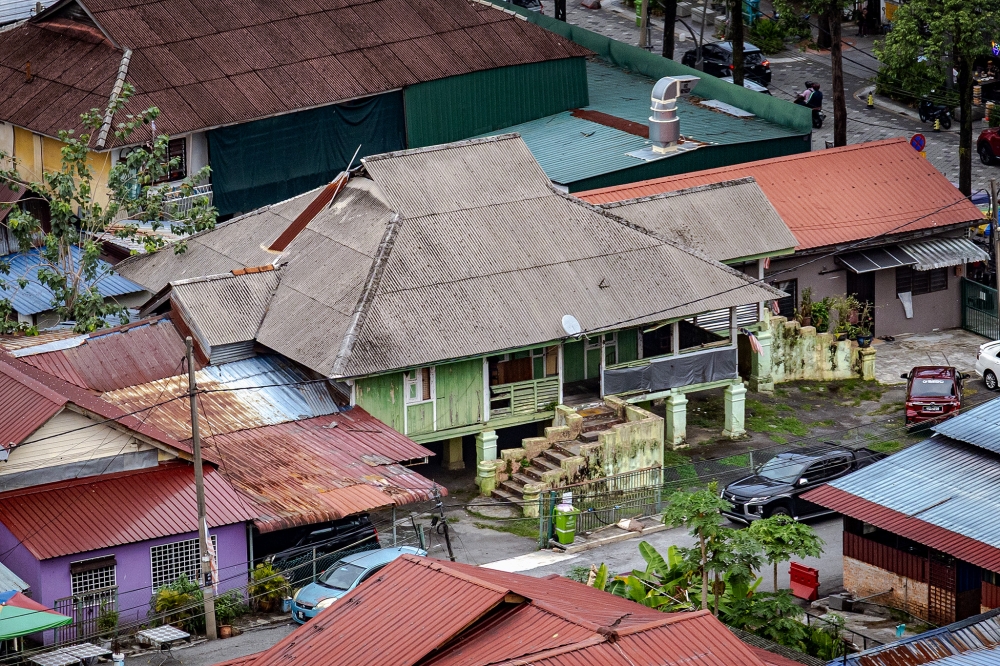
Now, what is Kampung Sungai Baru and the issues surrounding it?
“There are several confusions that I would like to clarify to the House, firstly the confusion of whether Kampung Sungai Baru is located within the MAS area.
“I have found that certain quarters, especially among the public, still could not distinguish between Kampung Baru and Kampung Sungai Baru.
“Historically, the Kampung Sungai Baru site emerged in 1967, seven years before Kuala Lumpur was handed over to the Federal Government, when the Selangor State Government realigned and straightened the Klang River, which runs adjacent to the MAS area, to mitigate flooding problem in the area,” she said.
She added that the diversion of the Klang River involved land on the right bank, from upstream to downstream.
After the river was straightened, a new tract of land — about 16 acres — was formed.
“This newly created land became known as Kampung Sungai Baru, but was not part of the 219.91-acre MAS area.
“The land was subsequently developed by the Selangor State Development Corporation (PKNS) to provide additional Malay housing around Kampung Baru.
“However, there are no official records indicating that this land was ever designated as MAS land or as Malay Reserve Land,” she said, stressing that she is refraining from commenting further as the issue remains under judicial review.
“What I can say is, the land has never been gazetted as MAS or Malay Reserve Land.
Ongoing confusion explained
Residents who agreed to the redevelopment of Kampung Sungai Baru formed an association in 2010 called the Kampung Sungai Baru Property Owners’ Welfare Association, as part for efforts to initiate the redevelopment of the area which involved 328 properties — 264 flats and 64 terrace houses.
The association also signed a memorandum of understanding with Ritzy Gloss Sdn Bhd, which was later taken over by Suez Capital Sdn Bhd in 2016.
“Some have alleged that the company is based in Singapore, however checks with the Companies Commission of Malaysia (SSM) revealed that the company is 100 per cent Malaysian-owned.
“For everyone’s information, since the establishment of the Kampung Sungai Baru Property Owners’ Welfare Association 15 years ago, four chairmen have led the association — all of whom are terrace house owners.
“Three of them have since passed away, and the association is now led by the fourth chairman, who is also a terrace house owner,” she said.
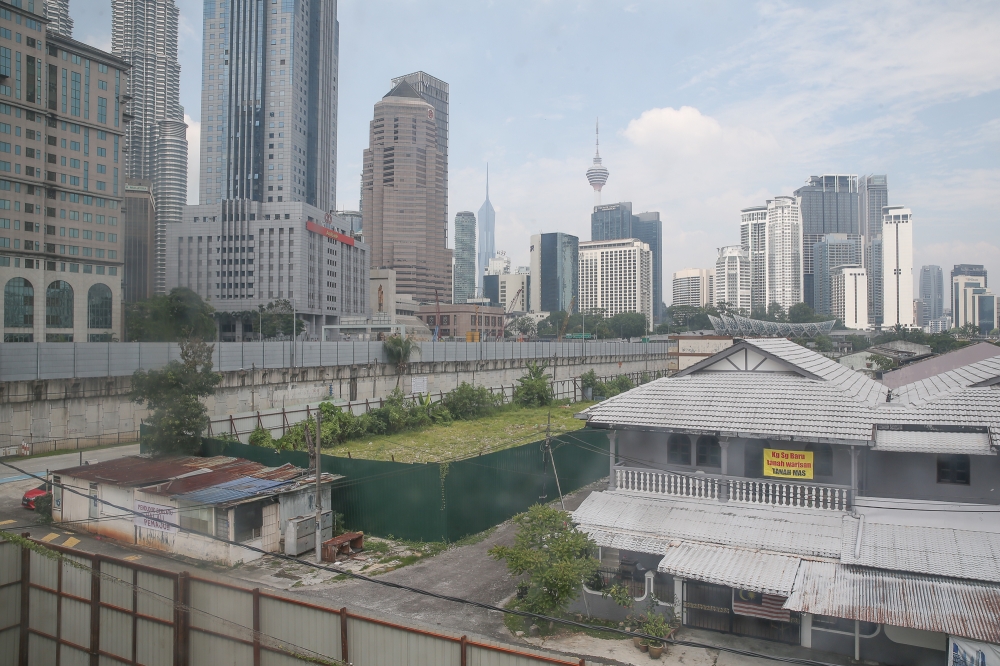
Redevelopment details
According to Zaliha, the offer included replacement units sized between 969 and 1,200 square feet; along with joint venture payments; relocation and moving costs; ex gratia for house modification; and temporary rental or transit housing. Additional cash compensation was also provided for terrace lots if the replacement unit’s value was lower than the original property value.
Under this offer, flat owners were promised replacement homes valued between RM884,000 and RM1 million, while terrace house owners would receive between three and nine replacement units, estimated to be worth between RM2.7 million and RM8.1 million.
“These are future valuations. The proportion of owners who agreed and signed the agreement amounted to 67 per cent, while remaining 33 per cent who did not agree were subject to the Land Acquisition Act 1970.
“To date, the level of agreement has increased to 72 per cent following the developer’s introduction of the Pakej Harmoni incentive.
“This brings us to the third point of confusion — the threshold for consent required for the Kampung Sungai Baru redevelopment,” Zaliha said.
She explained further that in 2020, there was no established policy at the Federal Territory level regarding the consent threshold for land acquisition.
“As a result, the Land Acquisition Act was applied to the minority of residents who disagreed.
“It was only in 2021 that the Ministry of Federal Territories introduced a guideline — setting a minimum consent threshold of 50 per cent for redevelopment in Kuala Lumpur.
“In this particular case, the developer had submitted an application to the Ministry to acquire the land, including both flats and terrace units. The application was considered by the post-Cabinet meeting of the Ministry on September 9, 2020 chaired by the then-Minister, Tan Sri Annuar Musa,” she said.
Consent threshold raised
Subsequently, in 2022 the threshold consent was raised to 72 per cent, however an exception was granted for Kampung Baru which remained at 50 per cent.
She said it was only in 2023, the consent threshold for Kampung Baru was aligned at 75 per cent.
“For residents who did not agree, they have already received compensation payments ranging from RM800,000 to RM2.9 million for terrace lots and between RM198,000 and RM350,000 for flats units.
“All these payments were fully disbursed between February 2022 and January 2023,” she said, dismissing allegations that some residents were left unpaid.
Current status of Kampung Sungai Baru development
Further clarifying the land status of Kampung Sungai Baru, Zaliha said the current status shows that all Kampung Sungai Baru land has already been transferred to the ownership of the developer and the individual property owners.
“Any proposal to re-gazette the area must therefore be carefully studied, as such action can only be carried out with full consent of all landowners, including the developer who already owns part of the land in Kampung Sungai Baru.
“This is because these lands have already been granted ownership titles and any application for reservation must be initiated by the landowners themselves not by the government,” she said.
She noted that after meeting with both parties — those who agreed and those who did not — the most reasonable decision was to proceed with the project as the project has already been delayed for almost nine years since negotiations began in 2016.
“What is more important now is that the replacement homes must be completed as soon as possible.
“What saddened me most was being informed that 40 individuals from the majority group have already passed away, without being able to return to live again in Kampung Sungai Baru,” she said.
She added that she has also instructed PKB and DBKL to facilitate all necessary processes.
“The developer has obtained development approvals, including the Planning Permission and the Development Order for Plot 1 (replacement housing) and Plot 4 (office, serviced apartments, and commercial space).
“The developer has also received permits for hoarding works and demolition permits for part of the project site. Meanwhile, the building plan approval is still under review by DBKL,” she said.
At this point, she said all eight flat blocks have been demolished, and the demolition of 60 terrace lots is expected to be completed within a month.
She added that the project is expected to begin soon and will be completed within four years.
“The immediate priority is to expedite development at Plot 1, which will comprise 580 units — of which 339 units will be allocated to the agreeing owners, while the remaining 241 units will be for sale, prioritised for landowners and heirs of Kampung Sungai Baru, and generally for landowners and heirs of Kampung Baru,” she said.
The way forward, protecting Malay ownership
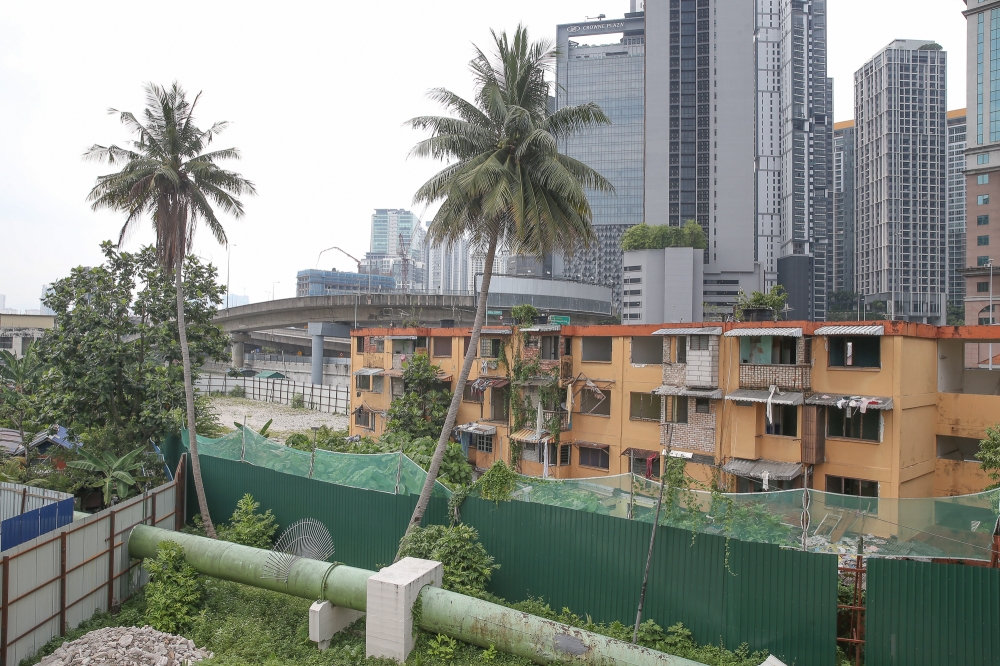
Acknowledging that some parties have raised concerns about the potentially high building maintenance charges that may burden future residents, to address this issue, Zaliha said she has requested the developer to study suitable mechanisms to reduce maintenance costs, such as applying the wakaf concept or other similar models.
“It must first be understood that the land involved in this project — namely Kampung Sungai Baru, not Kampung Baru — does not carry any ownership restrictions and the land tenure is 99-year leasehold.
“To enhance Malay ownership in this project, I have directed the Federal Territories Department (JWP) to draft and study new policies and initiatives, including the potential involvement of Government-Linked Companies (GLCs) in the project’s development, and to set requirements that the replacement homes can only be owned by Malays.
“To increase the percentage of Malay ownership and in line with DBKL’s policy, I have instructed that a policy document be prepared mandating a diversity of development types, especially within Kampung Sungai Baru,” she said.
Zaliha added that she has requested the developer to form a task force focusing on Malay interests and priorities to ensure that Malay ownership and participation remain protected.
“In my view, we must act fairly towards the landowners who, from the very beginning, have demonstrated commitment and agreement towards this redevelopment project,” she said.
As for the overall development of Kampung Baru, Zaliha said it will be guided by four main focus areas, namely:
- Modern physical development that meets current needs and attracts new investments;
- Preservation of Malay-Islamic heritage and culture to ensure the identity of Kampung Baru remains intact,
- A sustainable urban environment, balancing progress and preservation through development models based on wakaf and GLC–GLIC consortiums alongside private investors; and
- Empowerment of the Malay economy, ensuring that the local community benefits from the fruits of development while preserving the historical and architectural legacy of Malay-Islamic culture.
- [Source: Malay Mail]



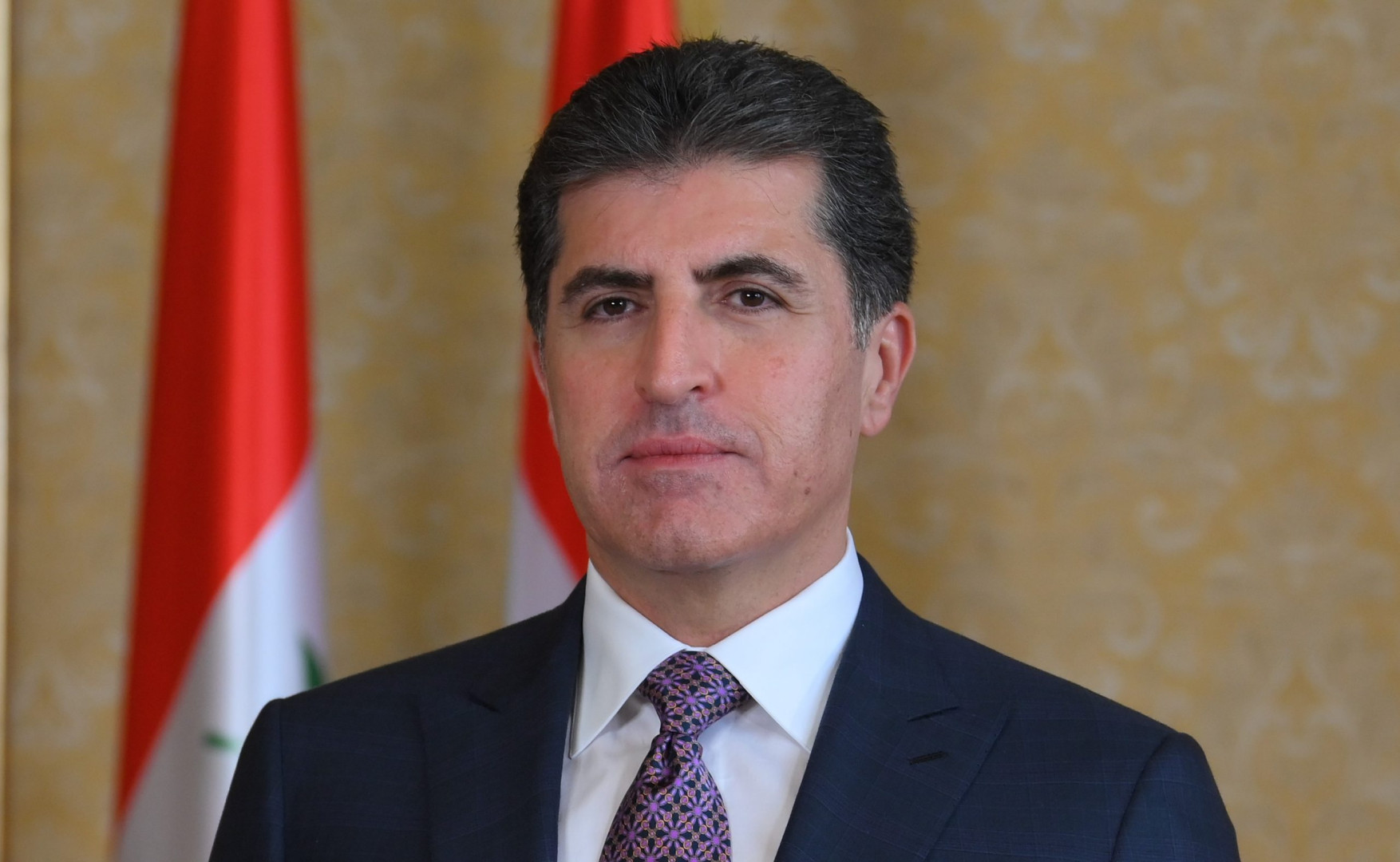











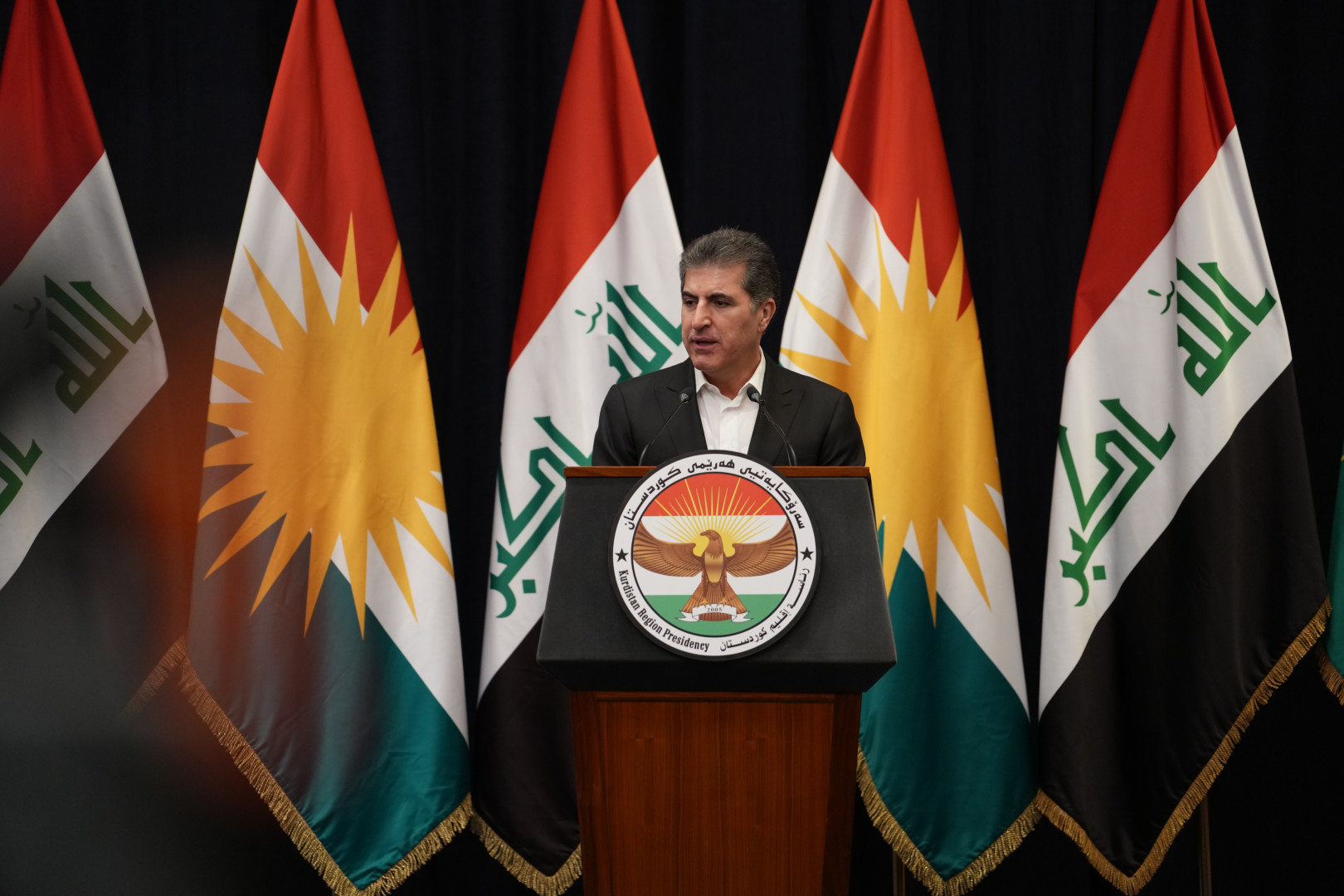
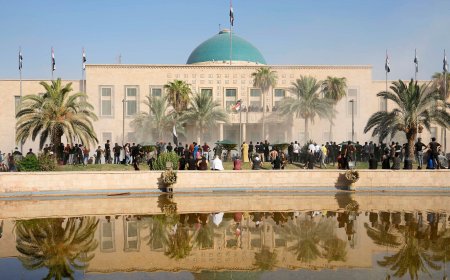

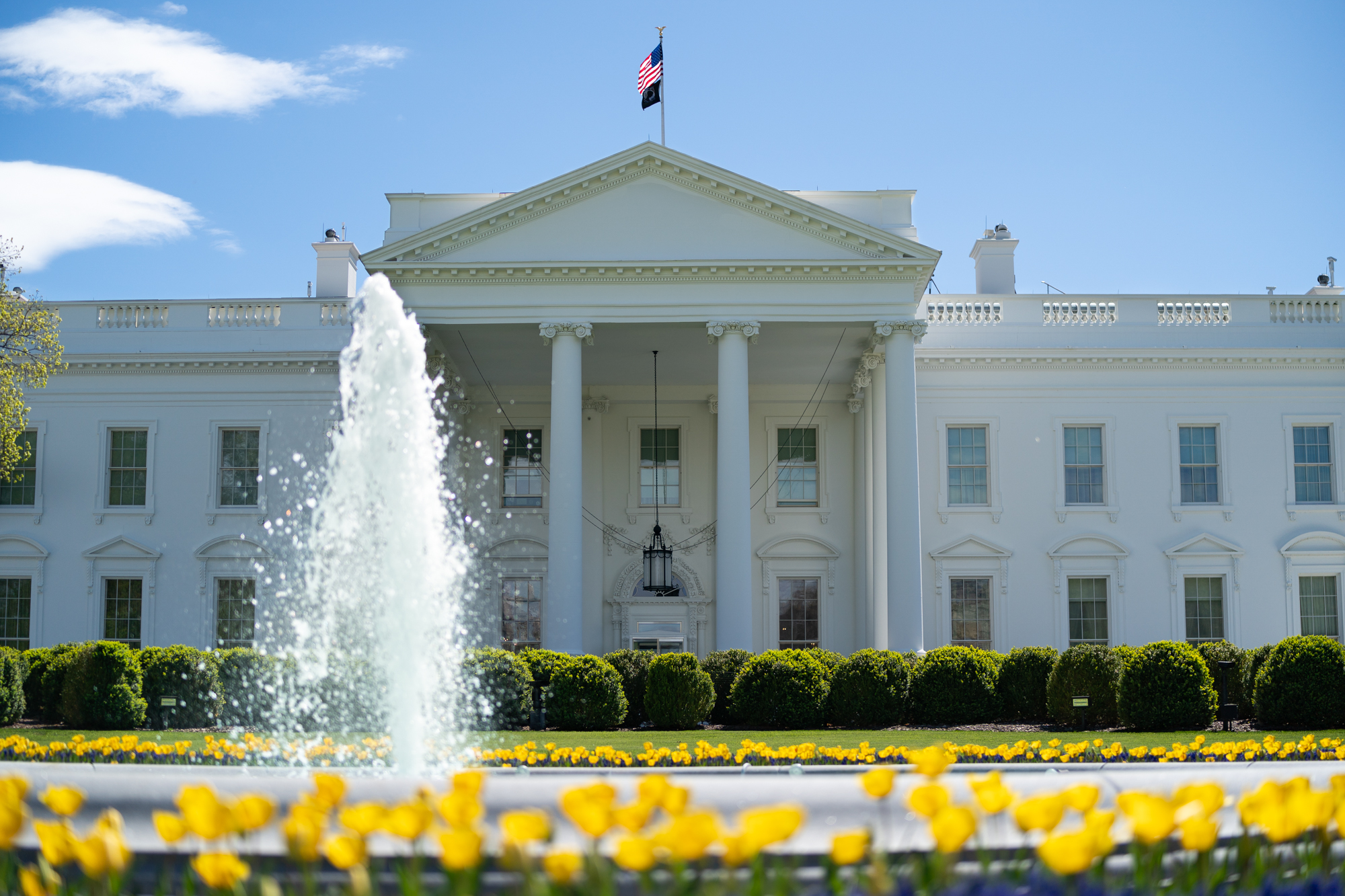

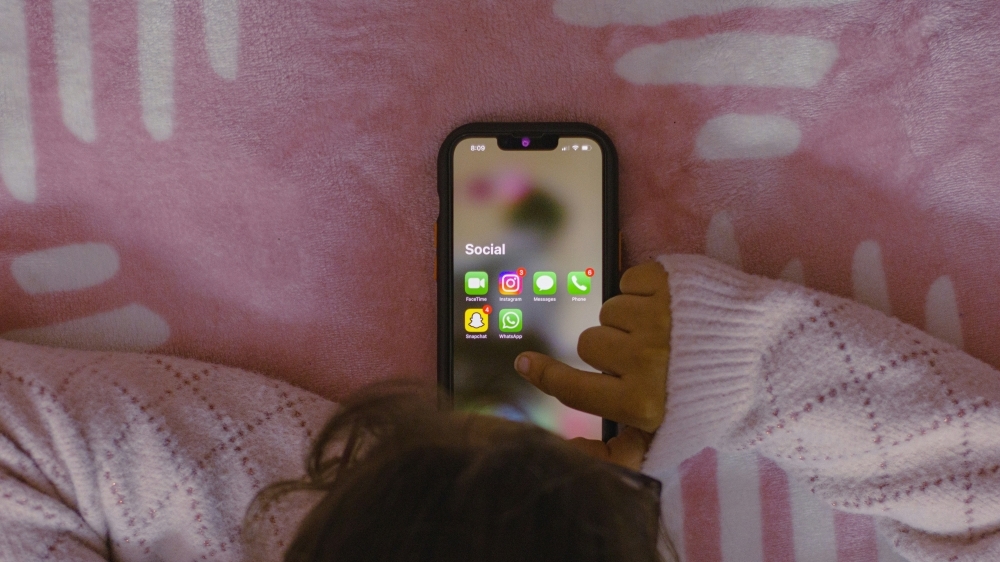




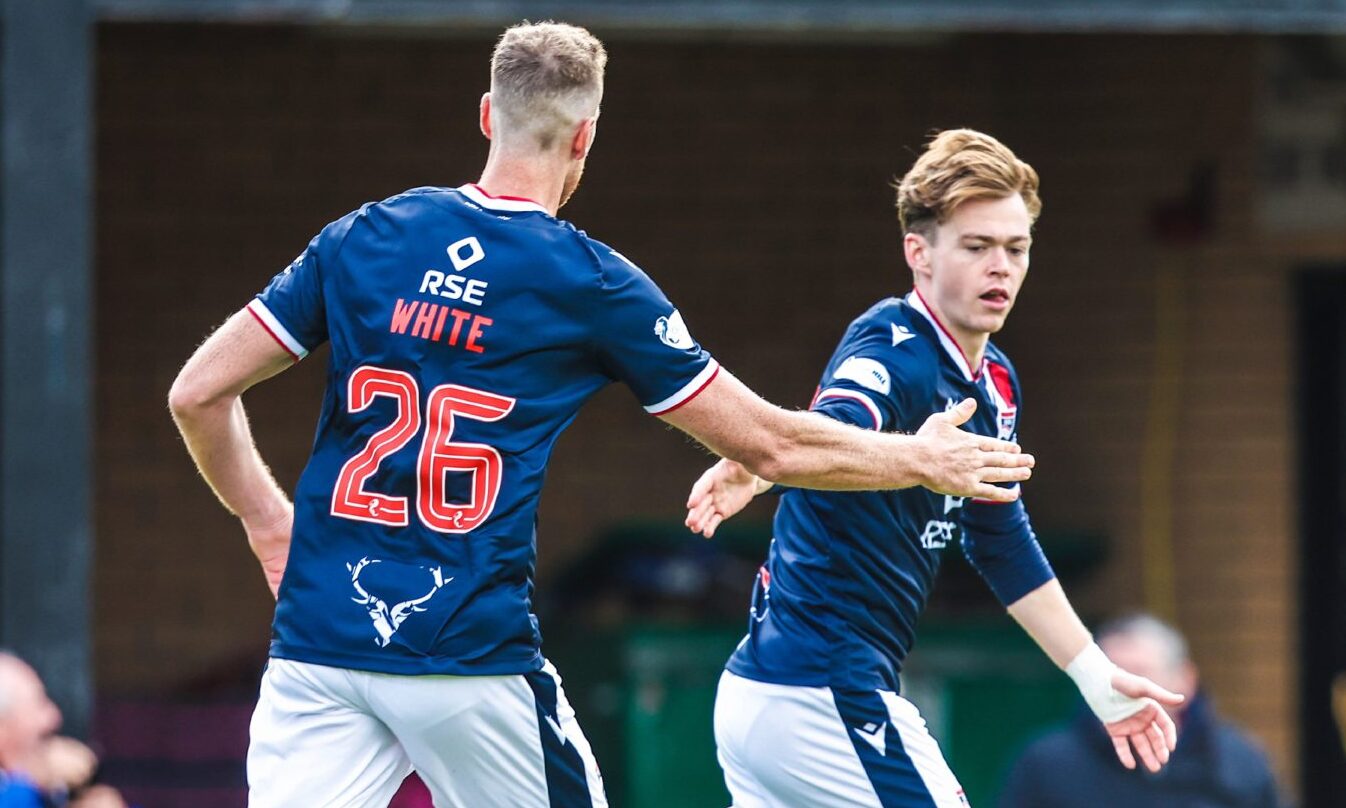


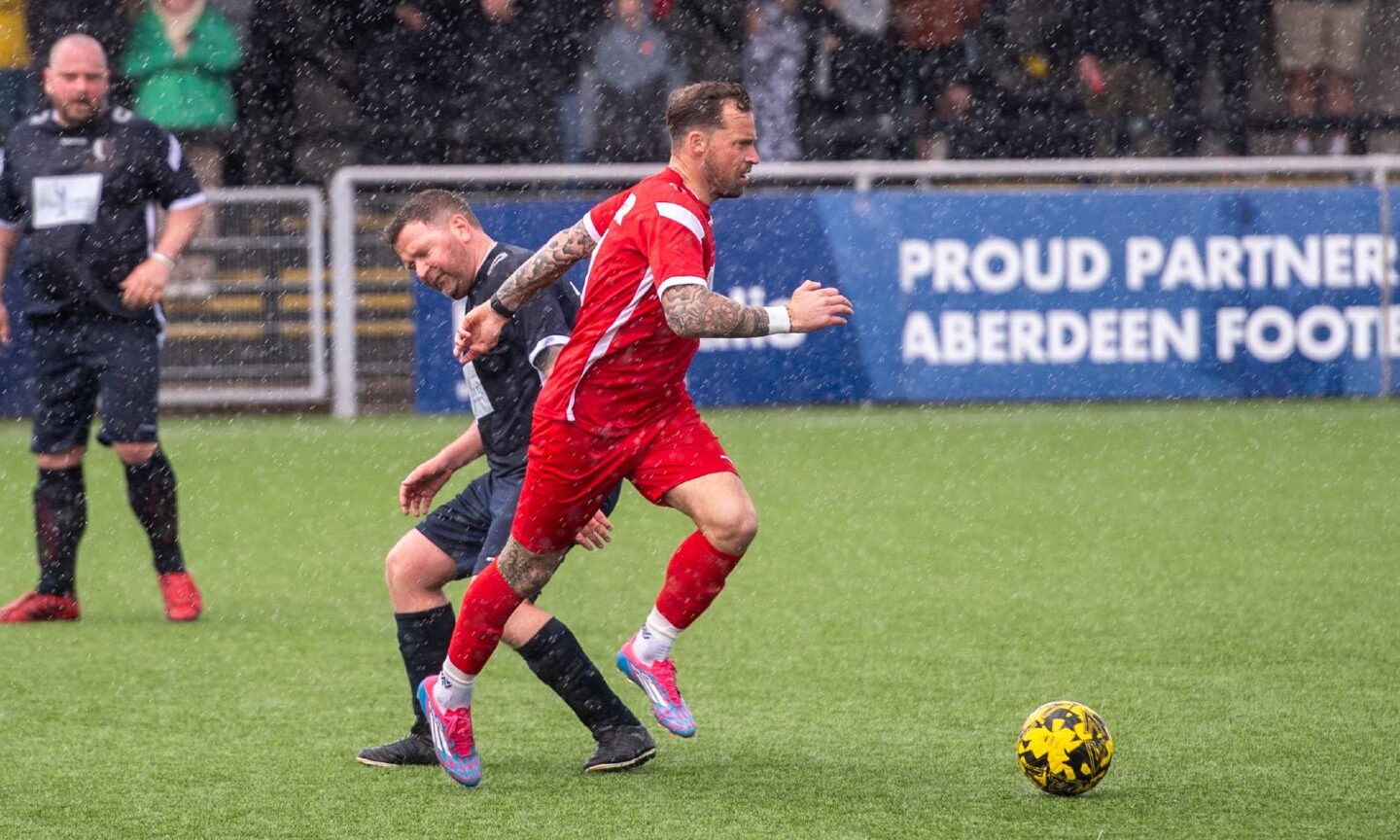

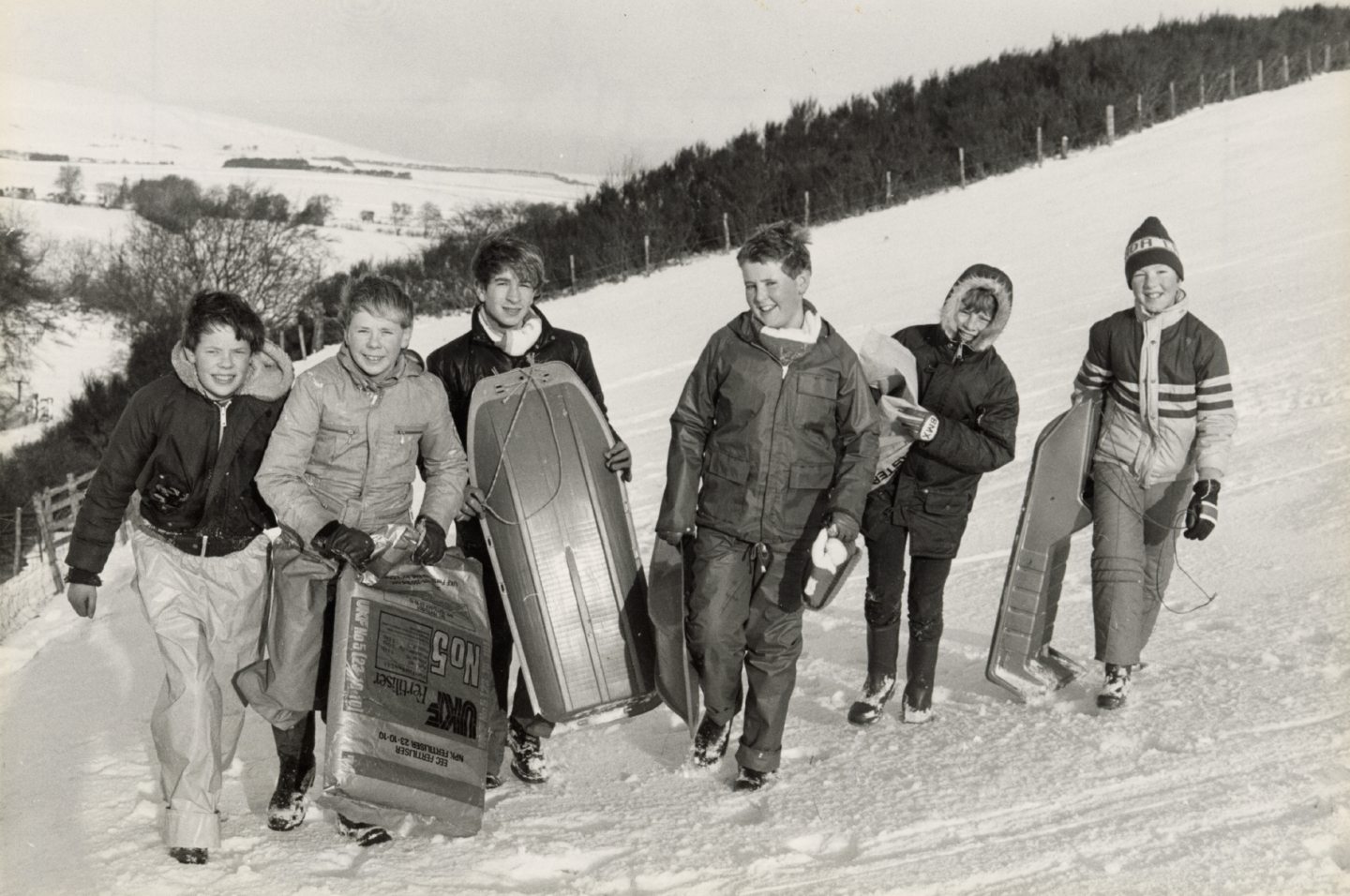






/file/attachments/2984/kevin_927177_ac6b66996c6681fa673210c6013a08c2.jpg)








